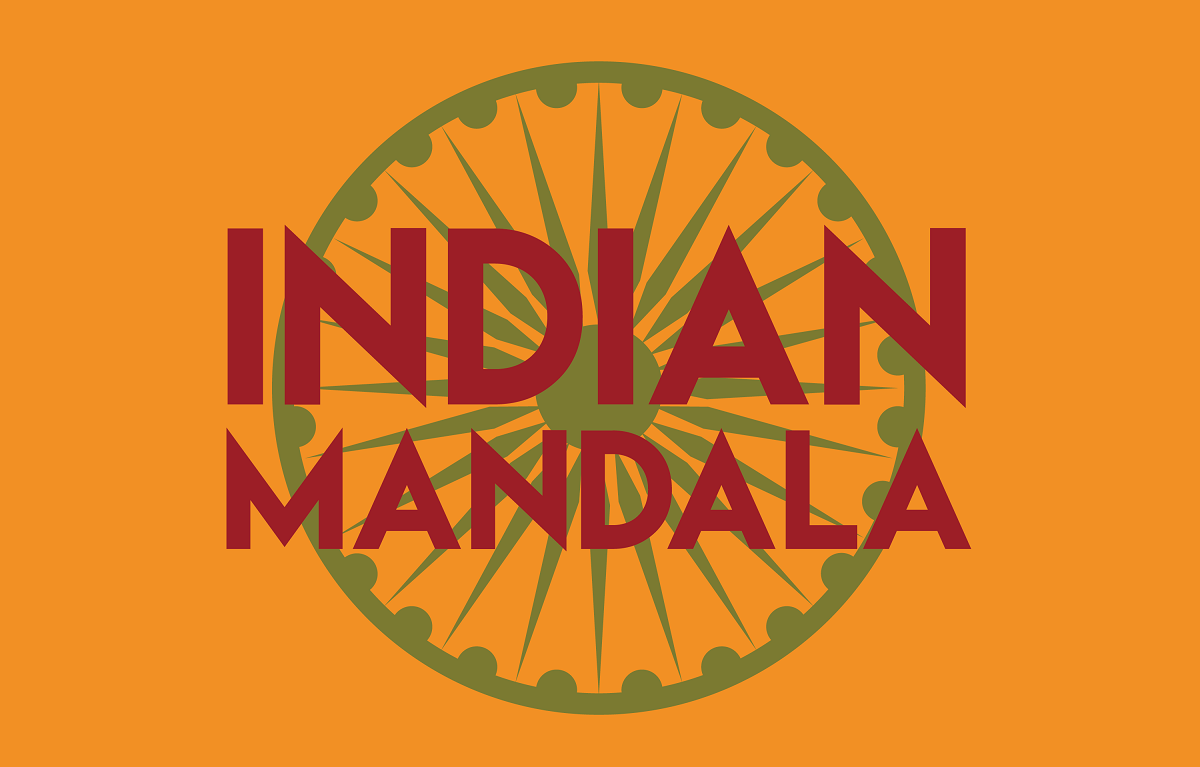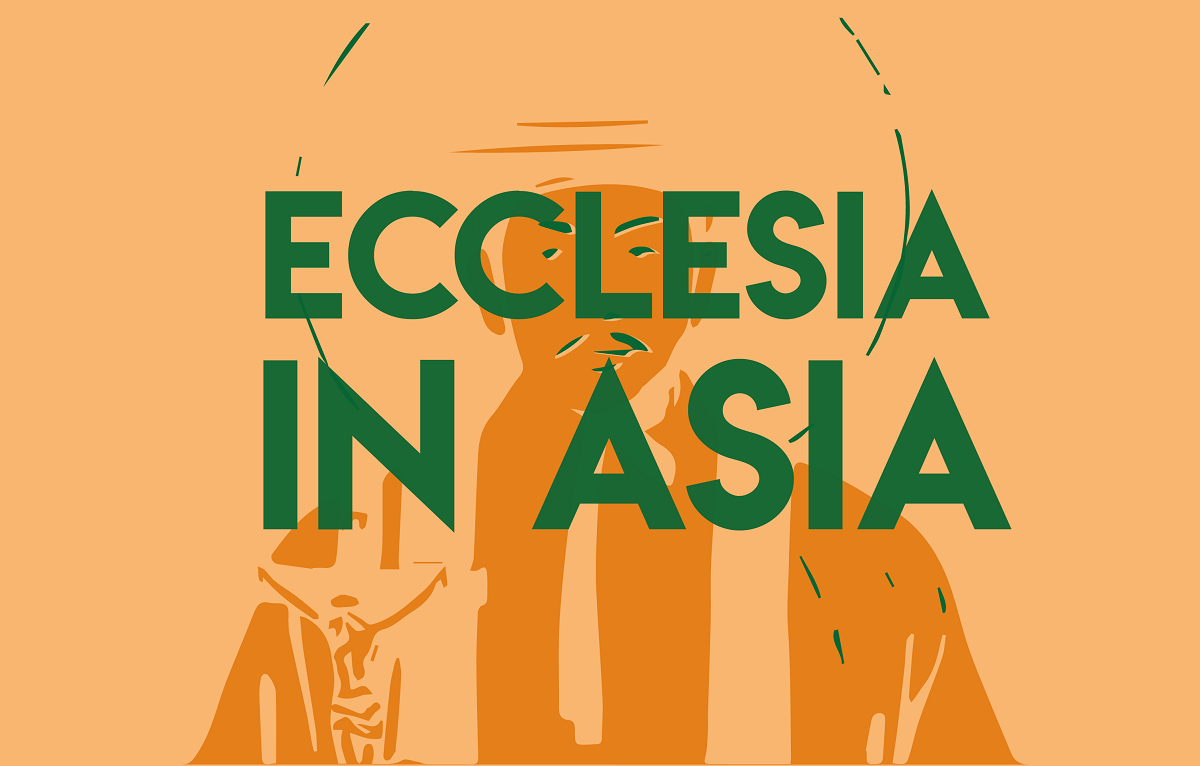Big prospects for changing India
Milan (AsiaNews) Something is changing in India. The launching of the manufacturing industry, the new importance given agriculture, the good, even excellent, level of scientific training, openings in the financial sector... all generate optimism and international interest in a country with the possibility of achieving the highest growth rate in the coming 50 years. India enjoys this potential despite problems like monumental bureaucracy and lack of infrastructure. Meanwhile, democracies and a smoother path of development than China's appear to be holding possible social agitation at bay.
The novelty is not so much the policy of the new government of the Congress party: in power for just a year, it has hardly had the time to implement any real changes. The rampant India which emerged from the rule of defeated Nationalist party, Janata, has certainly not disappeared; thanks to use of English, this India focused on the services sector, primarily computers and also international de-localisation of computerization and call centers. However, such a model is no longer viewed as an end goal to reach in the future. Even in India, euphoria and riches even excesses generated by the so-called new economy for a few to enjoy, have given way to a realization that the "old" economy is still relevant after all. International trends especially the lack of energy and increase in prices of petroleum and other raw materials have in fact revealed how the famous "light" development, based primarily on factory chimneys, is limited in its incomes evanescence saving on, and at the end of the day, it is immaterial. This new awareness has led to an overall change of direction. This means a new emphasis on: manufacturing industries, like textile industries; primary sources, like energy; exportation of certain raw materials, like iron minerals. And certainly not least in importance, agriculture has today become once again the focus of attention, that old Cinderella of the Indian economy, neglected and portrayed as the legacy of an archaic society, although a large proportion of the population still depends on it. Today, it has been recast as a strong point of some export industries like the textile sector, which can make the most of local availability of cotton to successfully counter the near-monopoly China enjoys in this market.
In this overall change in direction, the government, for its part, is seeking to regain lost ground in comparison with Asian giants, China and Japan at least one year in guaranteeing energy sources for the industrial sector. In these very weeks, a diplomatic offensive is under way to ensure resources of petrolium and other raw materials wherever possible, not only in traditional and logical choices of Indian territory, but also in places both geographically and culturally distant, like Latin America.
Re-orientation towards the manufacturing industry is certainly a consequence of changing trends at international level, but it also falls within the strategy of the Congress Party currently in power, which still enjoys a strong working-class base. On the other hand, with the end of the Soviet economic arena, which the Indian economy formed a part of, the era of state socialism is luckily over in India. However, strains of stalinism may still be found in frequently suffocating bureaucracy, as well as in "socionismo", as it is defined in Cuba. This means the necessity to resort to "socios" to get them to worm their way through the rigid and absurd tangle of stifling and blind regulations. This is one of the greatest aberrations, which explains the control which some large enterprises have over the market, enterprises which have managed to prosper not because they are particularly efficient and innovative, but only because they hold the "keys" to the system, without which it is difficult for small firms, and even more for large ones, to operate.
This may be the reason why many foreign businessmen have chosen not to invest in India. It is also one of the reasons why those who have chosen to invest, like the Fiat, have registered only losses despite the potential of the Indian market. In any case, producing for the Indian market is often not an option open to foreign enterprises because of legal matters, unless one operates under many restrictions in free-trade zones.
Anyhow, the traditional style of industry, typical of a socialist and working class party, holds several winning cards. The new stimulus in the manufacturing industry is a key factor in determining the future of all societal structures. On the one hand, it provides more interesting and better paid jobs, on the other it calls for more qualified human resources, for training, ongoing commitment and improved tuition in economics, maths and computers. All this requires secondary and tertiary education systems which ensure proper scientific and technological teaching. So there is more than low salaries behind the meteoric growth spurt of India and China. The secret probably lies in the swift upgrading of training and tough selection, based on merit, of students. This is confirmed by the preference shown by American enterprises and research institutes for graduates from the Indian Institute of Technology. Indian excellence in mathematics has always been well known the numbers of the decimal system used for calculation are of Indian origin and more recently, Indians have now been shining at physics too. In view of all this, few would imagine that the expansion of manufacturing in India would be limited to the textile and computer industries alone. Already today, India is promoting itself, with high hopes of success, as a base for the de-localisation of strategic industries like aerospace. In this sector, India can count on the importance of avionics, that is, of electronic control systems. India could exploit its dominance in the computer sector, as well as the low cost of a workforce which is highly qualified in science and engineering.
Development opportunities are considerable even in the telecommunications sector, in the automobile industry especially in the spare parts sector, after foreign participation of up to 100% of investment was liberalized in 2002 and in pharmaceutical chemistry, as well as food industry. Indian economic growth is not due to external factors, a consequence of general Asia-wide expansion. Rather it is a gradual process over a long period, even if not everyone is involved. Dalits, that is pariahs, are still marginalized. In the last fiscal year, India's economic growth rate was 8.2%, the highest in the last 15 years. For the next fiscal year, the Asian Development Bank (ADB) has just confirmed its forecast of an estimated annual increase of 6.5%, notwithstanding the impact of the Tsunami. With such growth rates, in 2022, the overall size of the Indian economy will surpass that of the UK, its former colonial master. According to research undertaken by Deutsche Bank, in 2020 India and China would have left Japan behind at fourth place, while the US would still take first place as the largest economy.
Compared to China, India's economic growth rate, although considerable, has not flourished so much in recent years, and it is inferior by around 20%. However, India and Malaysia will surpass China in terms of economic expansion rates within the next 15 years, most of all thanks to demographic expansion, to the increased size of the population's working-age bracket. While the China's average growth rate will be around 5.2% per year, that of India will be 5.5% and that of Malaysia, 5.4%. So China will soon have to pay in economic terms for its one-child policy. According to Goldman Sachs, India's economic growth will beat China's from 2015 onwards. Dominic Wilson of Goldman Sachs said: "India has the potential to produce the highest growth rate in the next 50 years with an average of 5% per year over that entire period. The growth of China is predicted to fall below 5% around 2020."
However, India is meeting obstacles along the road towards growth. First because large sectors of the population, not only dalits but also peasants, are cut out And in the long term, development along two tracks of very different speeds is not sustainable: the risk is that profound and endemic social exclusion from new-found wellbeing will take root in unmanageable massive cities, a situation which would have clearly explosive potential. Another tough obstacle in the way of development is the imposing fiscal deficit of the public sector, both central and local. According to the International Monetary Fund, this deficit, at around 10% of the Gross Domestic Product (GDP) puts economic development at risk both because of insufficient fiscal collection as well as increased public debt, a carryover from previous decades. This constitutes a real risk because the financial system, and especially banks, are naturally obliged to favor investment in public debt stocks, which are considered, rightly or wrongly, to be more secure. This even if lessons could have been learnt from Argentina, although there were differences between that case and India's. The end result is that savings are not pumped into productive activities and the capital market then lacks liquid cash. The state of the Indian stock exchange has so far been determined by decisions of big foreign institutional investors, the funds of specialized stocks investment in emergent countries. Certainly the 26 October decision of the Central Bank to keep the discount rate at 6%, the lowest since 1973, is a positive one for industrial development. Also positive was the recent government decision to allow, in the near future, investment in shares of up to 5% of the value of the patrimony of private pension funds. However, these measures are insufficient to maintain sustainable development in the long-term. Besides, the current debts of India's pension system constitute a hidden risk, although, as in Europe, they are about to be shared, not accumulated, meaning that future generations will be called upon to square the bills of those who work today. But, as in Europe, if demographic growth is stalled, the commitments, or better the lies, of the past will eventually impact on all society. Faced with estimates which foresee that future pension commitments will be increased by around 40% of the GDP, measures which the Indian government apparently intends to propose are too timid. Yet another obstacle standing in the path of Indian economic development is an endemic lack of infrastructure: roads and highways, bridges, airports and ports require important investment, but they are not completely compatible with the current state of public finances. Other urgent and hefty investments regard energy production and distribution plants. In these infrastructures, as well as for oil refineries, it would be possible to resort to private and foreign investment. However, complications caused by electricity tariffs established for political reasons have not permitted such a solution so far. The unresolved problem is guarantees of remuneration of capital investment, as evidenced in the case of the plant set up by the American company, Enron, which went bankrupt some years ago. Such incidents are proof of the intricate web of powers and the widespread rivalry between local authorities and central government, which has a paralytical impact on global finance which deals in such transactions. Not least in this list of woes are health and education problems in rural areas. Contradicting aspects are inherent in India's health system. On the one hand, it offers pockets of excellence in some private sectors, which have served to draw patients from all over the region to Indian clinics. In such structures, it is possible to conduct operations comparable to those in western countries and at a vastly inferior price. On the other hand, however, the total cost of health spending does not exceed 0.9% of the GDP, much less, even half what other countries at a similar stage of development would spend. It is this aspect which best illustrates the contradiction between optimism engendered by economic market growth and a group of significant social indicators.
The bottom line is that although India's development process is certainly more smooth than China's its income redistribution curve is evolving in a more uniform manner and the middle classes are increasing in size and also in income per capita much remains to be done so that the marginalized are not excluded from the country's growth. Two factors certainly confirm the initial optimism about India's future and they guide estimates on its economic growth. One initial reason for optimism comes from the existence of valid internal financial markets, more because of their structures and regulations based on British standards than for their size. According to Richard Batty of Standard Life Investments, the balance of economic global power will change radically in the next 50 years and the stock market could provide an average annual yield of 10% in this period.
The second reason for optimism is to be found in Indian political institutions, which although far from perfect, are nonetheless able to allow for changes in power. This offers a precious guarantee of stability which China, for example, cannot offer. Despite their limitations, especially at local level, Indian political institutions appear better able than their Chinese counterparts to better reconcile various sectors of the population.






.png)










